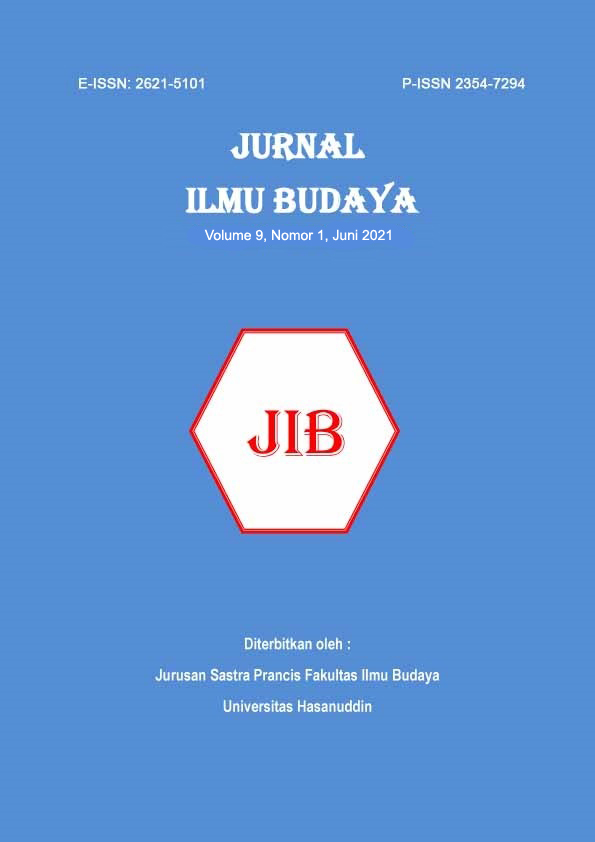NON-OBSERVANCE MAXIMS IN "SONIC THE HEDGEHOG" MOVIE
DOI:
https://doi.org/10.34050/jib.v9i1.11707Abstract
This descriptive qualitative study examined the non-observance maxim in the movie “Sonic the Hedgehog”. It used Grice’s and Cutting’s theories. The non-observance maxim is an interesting topic to analyze because this theory contradicts the theory of cooperative principle. The cooperative principle theory by Grice explains that in conversation people must act cooperatively but non-observance maxim theory explains sometimes in conversation, people did not act cooperatively. The cooperative principle consists of the maxim of quality, the maxim of quantity, the maxim of manner, and maxim of relevance. Meanwhile, the non-observance maxim consists of flouting maxim, violating maxim, infringing maxim, and opting out maxim. Researchers used the “Sonic the Hedgehog 2020” movie script because it is an actual data source. The data were collected through the observation and non-participatory technique and analyzed by using the pragmatic identity method. The researcher found 3 types of non-observance maxim in “Sonic the Hedgehog” movie.Downloads
Download data is not yet available.
Downloads
Published
2021-01-01
Issue
Section
Articles
License

This work is licensed under a Creative Commons Attribution-NonCommercial 4.0 International License.







